Beyond the Catch Count: Tana River's Battle for a Vanishing Ecosystem
Tana River faces an ecological crisis. Beyond catch numbers, explore the complex fight against invasive pink salmon, its impact on native species, and local communities.
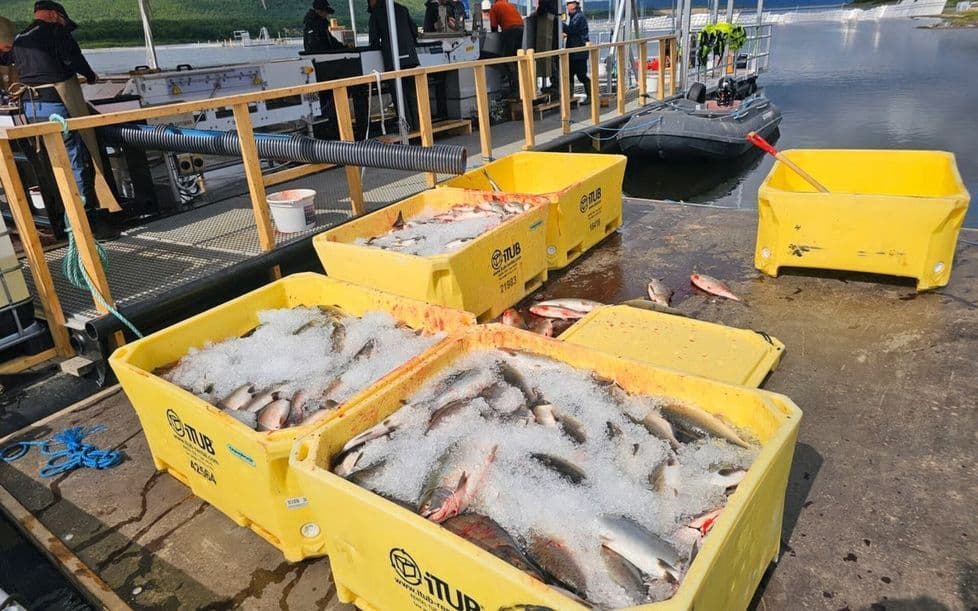
The Humpback's Advance: An Uninvited Invasion
The Tana River, a vital artery for its surrounding communities and a storied stronghold for native Atlantic salmon, now grapples with an insidious threat: the Pacific pink salmon, or kyttyrälohi. This invasive species, easily recognized by the pronounced hump males develop during their spawning migration, has established an alarming and rapidly expanding presence. Its proliferation isn't merely an ecological anomaly; it's a direct assault on the river's delicate equilibrium, demanding urgent and decisive action. Experts like from the are unequivocal about the necessity of removing these interlopers from the Tana system. He emphasizes that a physical barrier, such as a cross-dam, represents perhaps the sole effective method for large-scale removal. Yet, this seemingly pragmatic solution, while addressing one pressing issue, simultaneously introduces a cascade of complex environmental and socio-cultural challenges, signaling a profound battle for the river's very identity and the future of its indigenous species.
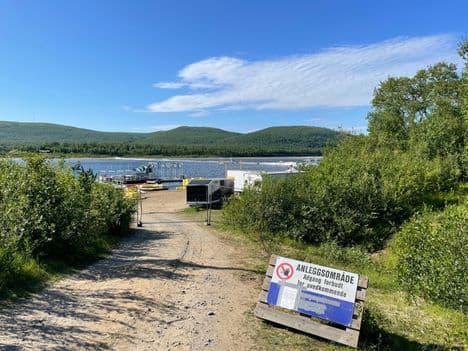
Engineering the Defense: Traps, Dams, and Their Double Edge
In response to the pink salmon invasion, a significant engineering feat, a cross-dam, has been erected in the , notably at . While the primary intent of this barrier is clear – to efficiently remove the invasive species – its construction has ignited considerable concern among local residents. articulates this apprehension, highlighting the "big problems" such a dam inevitably creates for the river's indigenous fish populations. The dilemma is stark: how do you effectively trap an unwanted species without inadvertently harming the very native salmon you aim to protect? Researchers from and the are actively studying this precise question. They've launched an extensive project, tagging approximately 250 Atlantic salmon smolts with acoustic transmitters to monitor their downstream migration, particularly how these young fish interact with and navigate the new barrier. The data, expected later this year, is crucial for understanding the dam's true impact on the native salmon's journey to the sea, revealing the inherent double-edge of this necessary, yet disruptive, defense strategy.
Whispers from the Water: The Plight of Native Salmon
The very existence of native Atlantic salmon in the hangs precariously in the balance, amplified by the presence of the invasive pink salmon and the mitigation efforts designed to control them. Scientists are deeply concerned about the "big problems" the cross-dam poses for these indigenous species, particularly how it might impede the crucial downstream migration of salmon smolts. Beyond the immediate riverine challenges, a larger mystery unfolds in the vast expanse of the sea, where tracking these tiny voyagers becomes technologically daunting. Local fisher voices a sentiment widely held in the community: the decline of the native salmon stock isn't solely due to traditional net fishing; "bigger things" are happening offshore. She points to the significant threat posed by salmon farms along the , which can act as vectors for severe sea lice infections, impacting both wild salmon and sea trout. While the itself is commendably free of cage farming, the migratory nature of salmon means they are still exposed to these external pressures, adding layers of complexity to their struggle for survival.

Human Currents: Local Lives and Livelihoods Transformed
For generations, the Atlantic salmon have been more than just fish; they are interwoven with the cultural fabric and economic survival of the indigenous residing along its banks. The arrival of the pink salmon and the drastic measures taken to combat them have sent disruptive ripples through these deeply rooted lives. The cross-dam, though a critical tool in the ecological battle, has "aroused local concern," reflecting a deep-seated apprehension about its broader consequences. , a prominent local fisherman, teacher, and Sámi activist, starkly describes Norway's solution as "harsh." Faced with the dwindling native salmon stocks, himself has made the difficult, yet pragmatic, choice to shift his efforts towards fishing the invasive pink salmon, a poignant symbol of adaptation in the face of ecological upheaval. This shift underscores a profound transformation in livelihoods, where the once-vibrant tourism industry built around native salmon fishing now faces an uncertain future, leaving communities to navigate a sad and challenging new reality on the river.
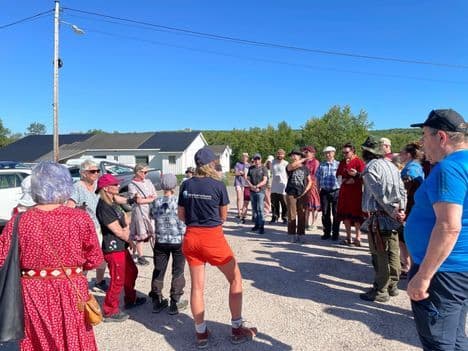
Navigating Tomorrow: Seeking Harmony in a Changed River
The path forward for the is fraught with complexity, demanding a delicate balance between aggressive invasive species control and the preservation of its native ecosystem and the communities it sustains. The ongoing research into salmon smolt migration, particularly their interaction with the cross-dam, is pivotal. anticipates that the insights gleaned from this study will be instrumental in shaping future mitigation strategies, allowing for more informed decisions. However, the challenges extend beyond the river's immediate confines. The vastness of the and the open sea presents a significant technological hurdle for tracking salmon, prompting calls from individuals like for increased resources to unravel the mysteries of their marine phase. The tension between scientific necessity and local concerns remains palpable, with some residents demanding the dismantling of the dam, as seen in recent protests. Ultimately, the future of the hinges on collaborative efforts, innovative solutions, and a profound respect for the intricate relationships between the river, its fish, and the human currents that have flowed alongside it for centuries.
Related Articles
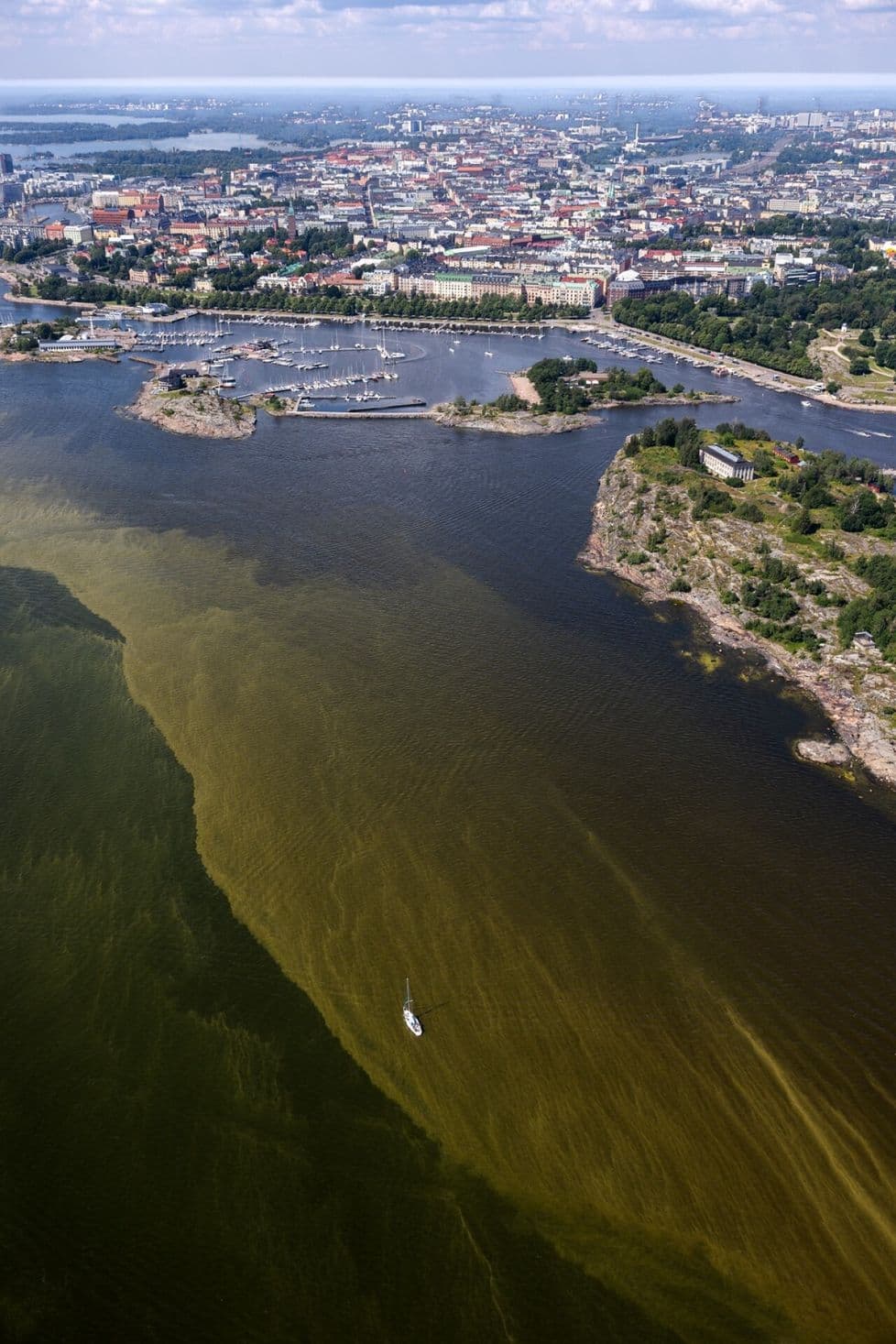
The Shifting Hues of Summer: Unraveling Finland's Blue-Green Algae Chronicle

The Shifting Hues of Summer: Unraveling Finland's Blue-Green Algae Chronicle
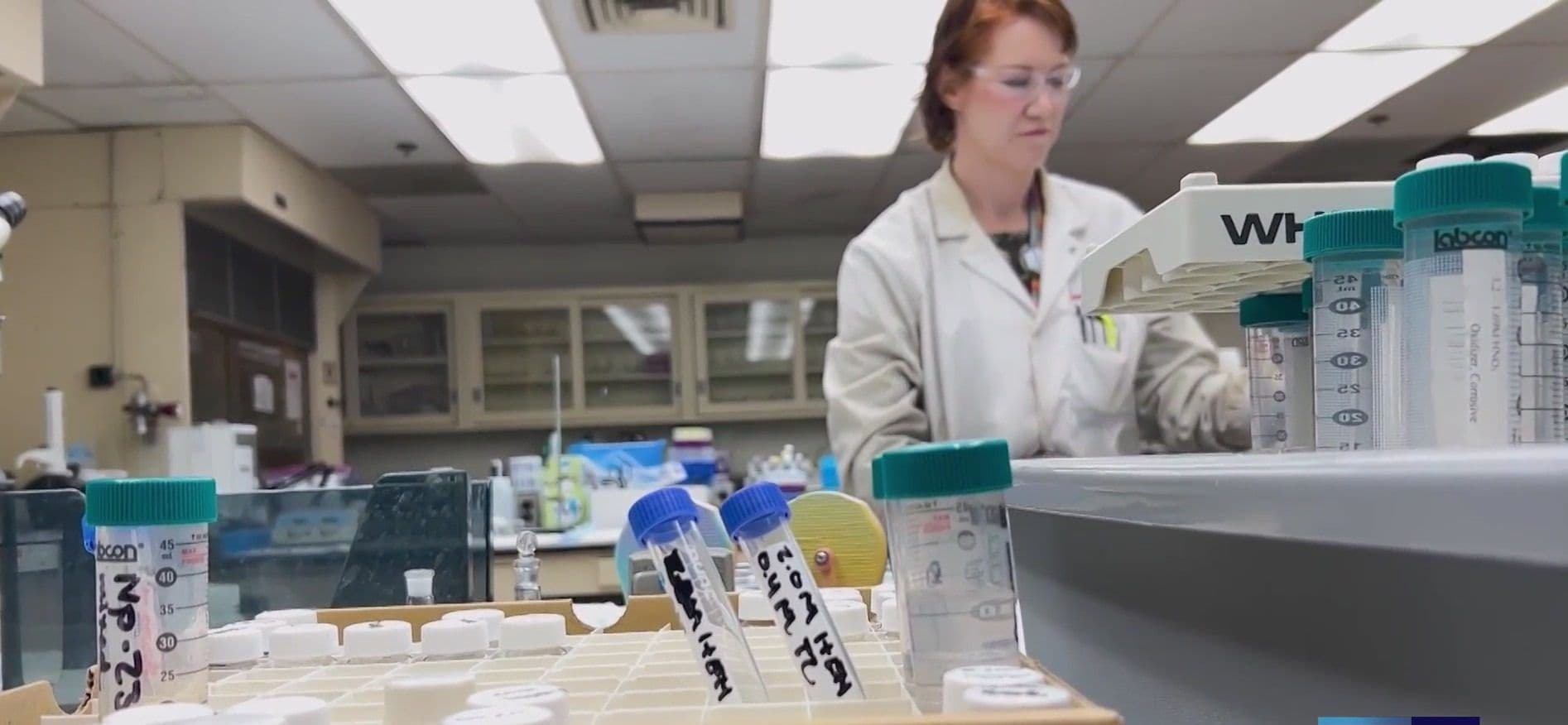
Lake Mead: Beyond the Drought – A Chronicle of Resilience and Rediscovery

Lake Mead: Beyond the Drought – A Chronicle of Resilience and Rediscovery
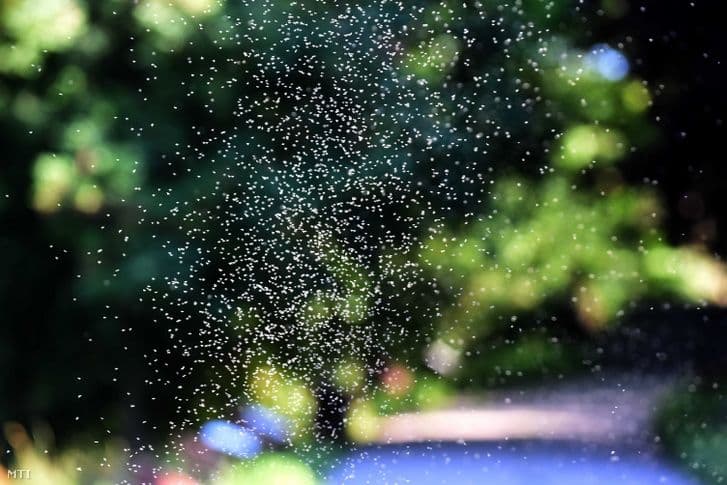
Siófók's Summer of Shadow: Navigating the Delicate Balance of Protected Pests and Thriving Tourism

Siófók's Summer of Shadow: Navigating the Delicate Balance of Protected Pests and Thriving Tourism

The River's Receding Breath: Isfahan's Enduring Saga with the Zayandeh Rood
